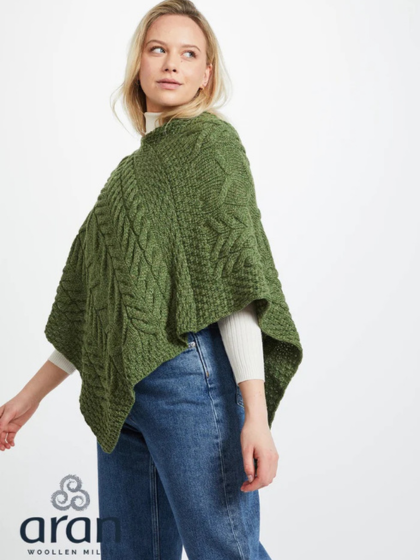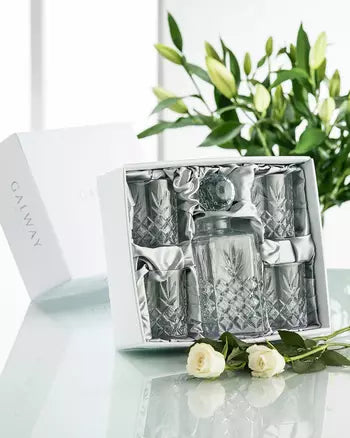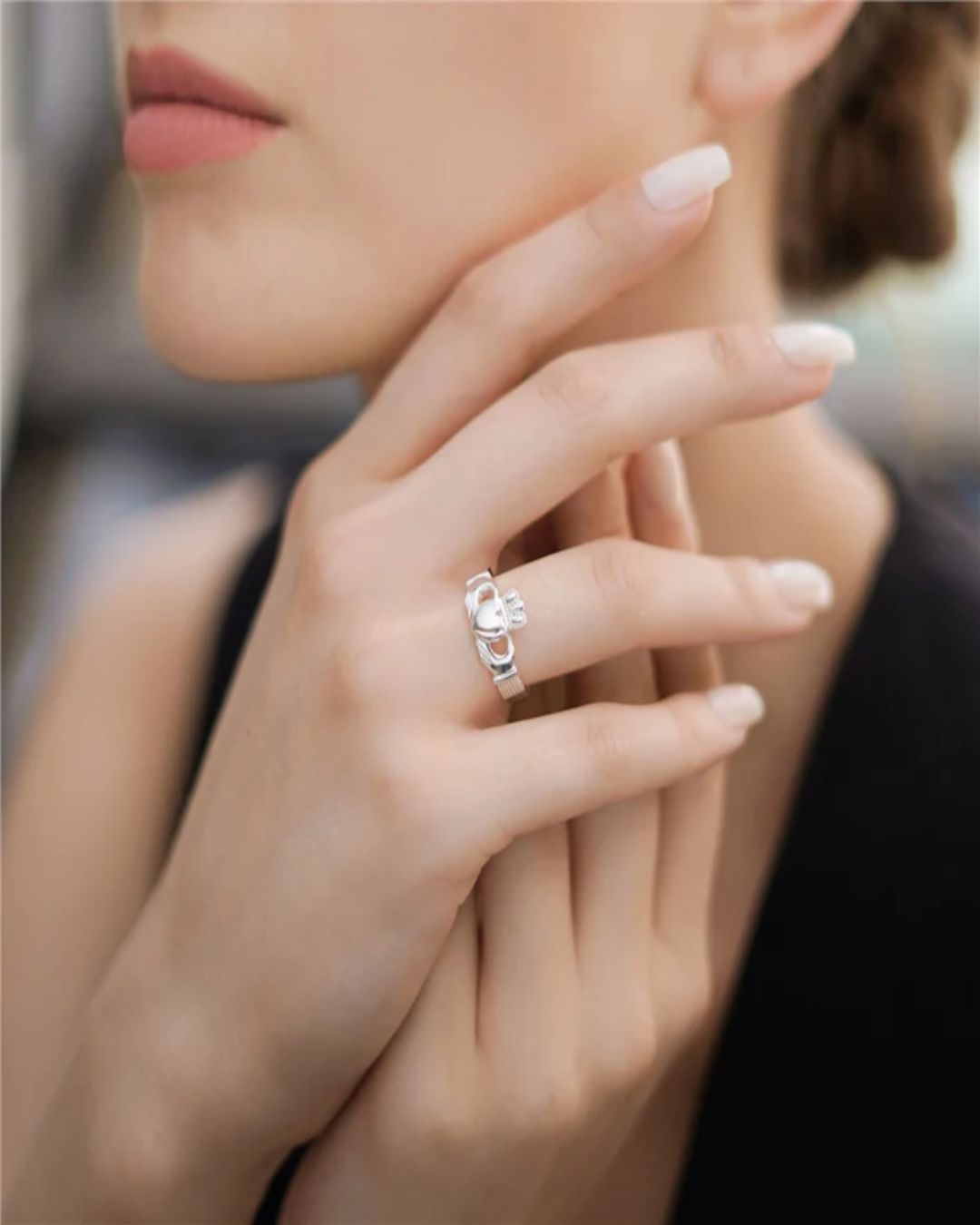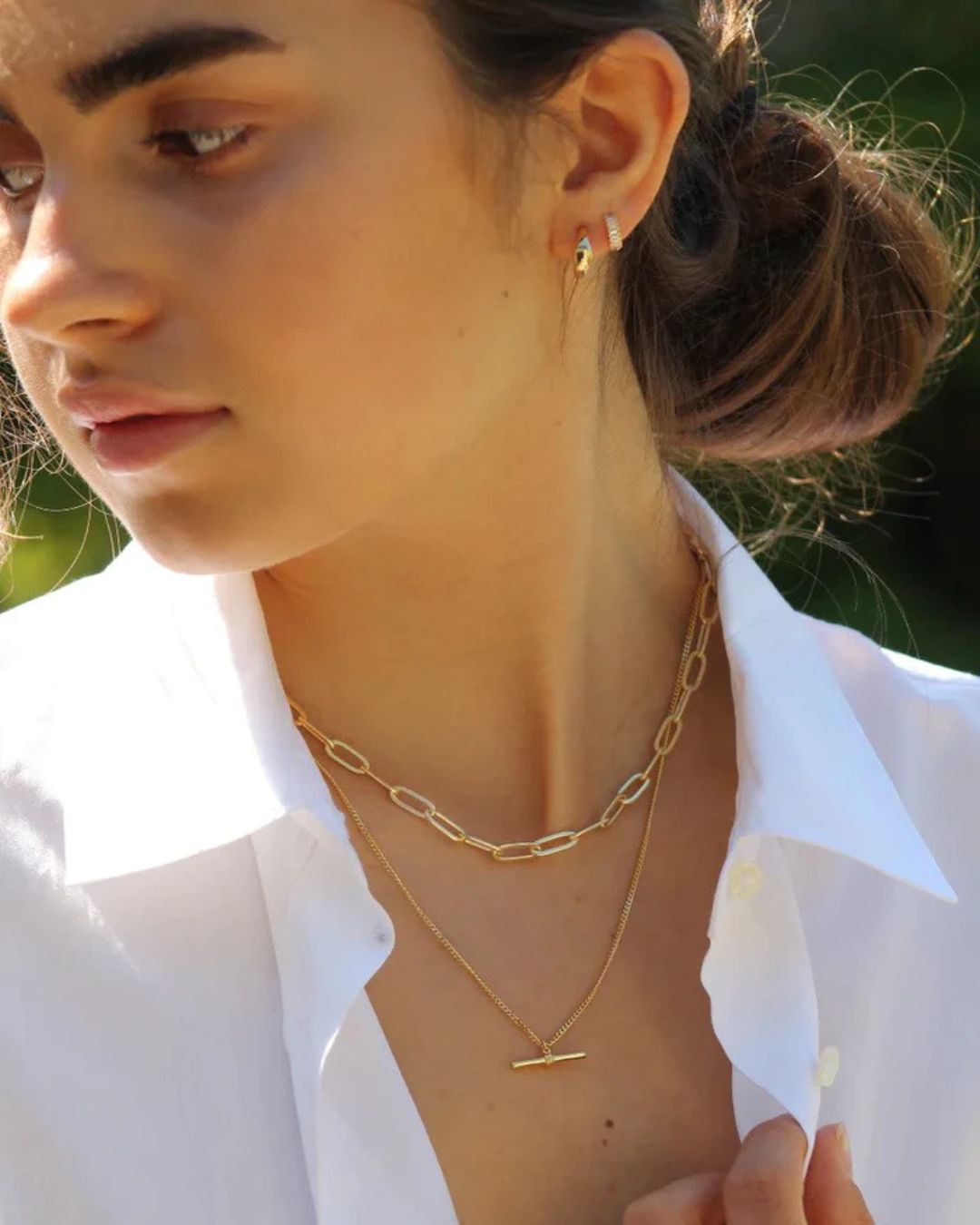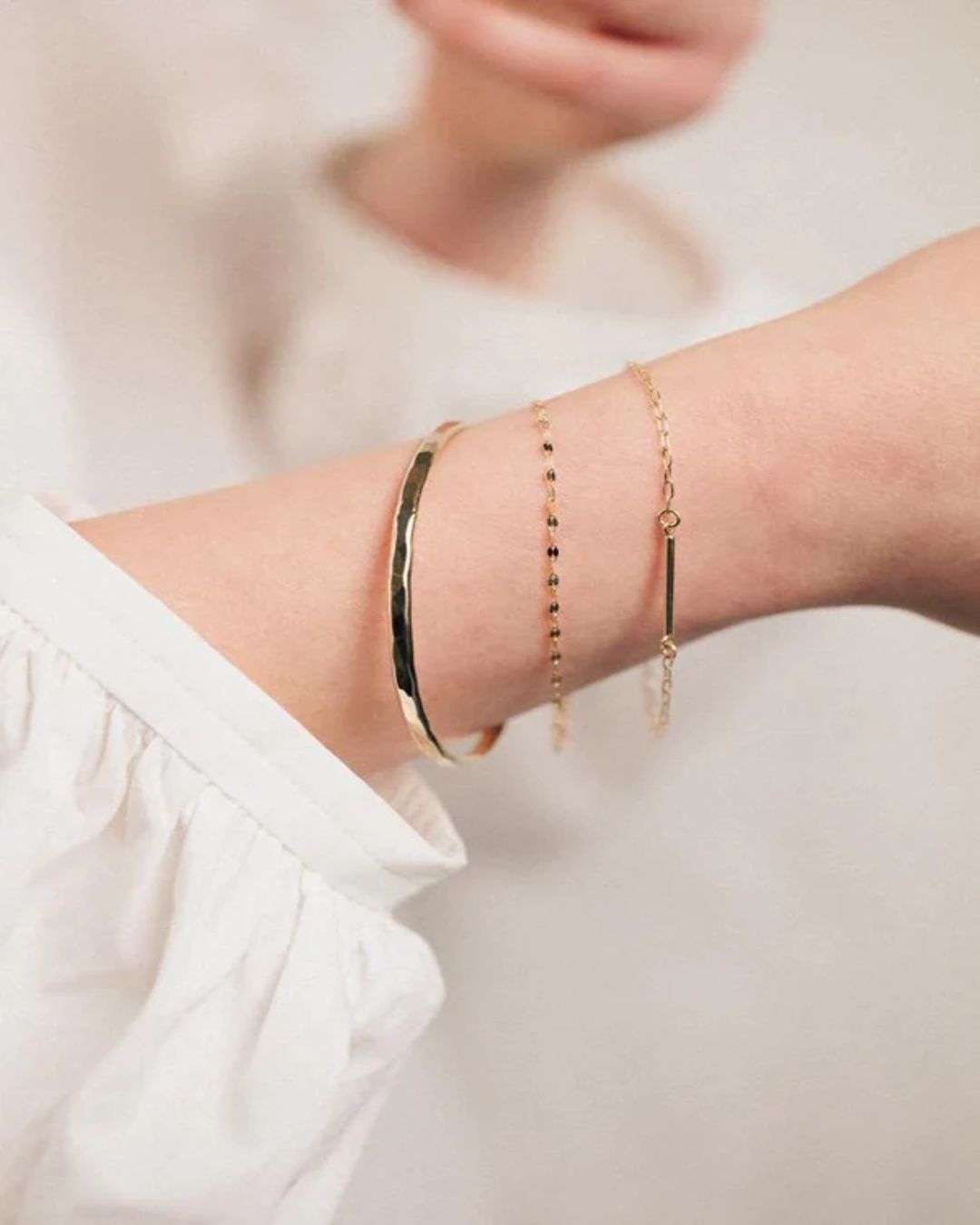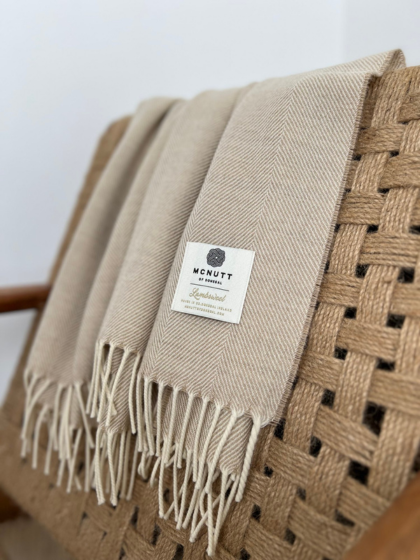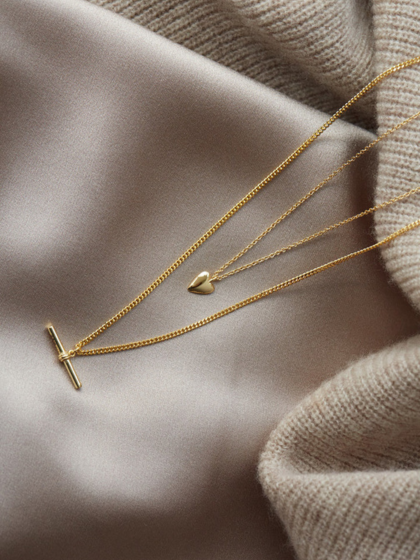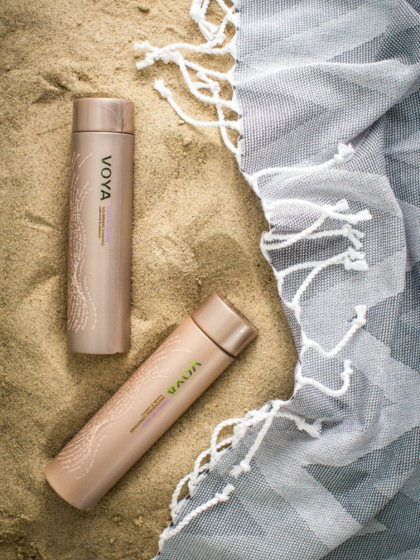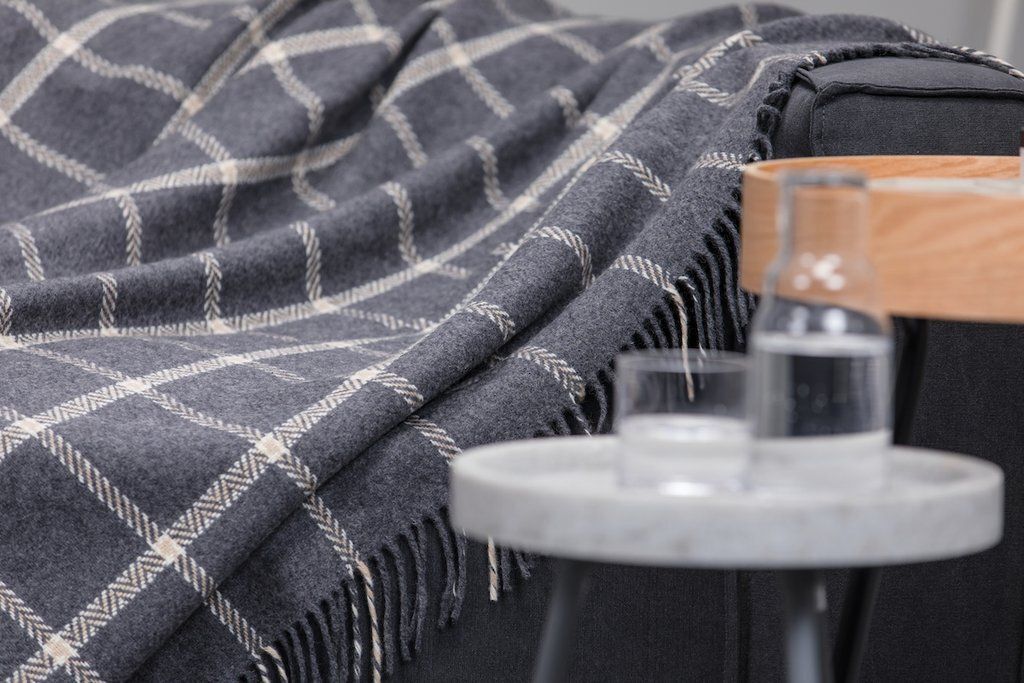The History of Aran Knitwear: Ireland’s Iconic Craft Tradition
Aran knitwear, known for its rich texture and symbolic stitches, is one of Ireland’s most cherished textile traditions. Born on the rugged Aran Islands off the west coast of Ireland, this unique style of knitting has become a symbol of Irish heritage, craftsmanship, and storytelling.
In this blog post, we’ll explore the fascinating history of Aran knitwear, what makes it so distinctive, and how it continues to inspire fashion around the world today.
Aran Knitwear Origins: The Aran Islands
Aran knitwear traces its roots to the Aran Islands - Inis Mór, Inis Meáin, and Inis Oírr - located at the mouth of Galway Bay. Life on these islands has always been shaped by the harsh Atlantic climate and the self-sufficient spirit of their inhabitants. It's believed that Aran sweaters were developed in the early 1900s as durable, warm garments for fishermen battling cold and wet conditions at sea.
While some claim the designs are centuries old, the earliest known reference to Aran sweaters appears in knitting pattern books from the 1930s. Regardless of their exact timeline, they quickly became a powerful expression of Irish identity.
Aran Knitwear: Meaning of the Stitches
One of the most compelling aspects of Aran knitwear is the use of symbolic stitches, each with its own meaning rooted in family, nature, and livelihood. Common patterns include:
-
Cable stitch: Represents the ropes of fishermen and symbolises strength and safety.
-
Diamond stitch: Reflects the fields of the Aran Islands and represents wealth and success.
-
Honeycomb stitch: Symbolises the hard work of the bee and reward for labor.
-
Zigzag/Tree of Life: Often interpreted as a journey through life, with its twists and turns.
These motifs made Aran sweaters not just clothing but narratives in wool, often passed down through generations.
Handmade Aran Tradition and Family Identity
Historically, each family or clan had its own unique combination of Aran stitches - almost like a knitted fingerprint. There’s a widely told (though somewhat mythologised) tale that fishermen lost at sea could be identified by the hand-stitched pattern on their sweater.
Whether or not this was truly the case, the story highlights the deep personal and cultural connection woven into every Aran sweater.
Aran Sweaters: Global Reach
Aran sweaters gained international recognition in the mid-20th century when Irish emigrants brought their traditions abroad. Aran Sweater popularity exploded in the 1950s and 60s, especially after being worn by celebrities such as Grace Kelly, Steve McQueen, and The Clancy Brothers.
Today, Aran sweaters are celebrated not only for their rich history but also for their versatility and timeless style. Designers around the world have adapted Aran motifs into modern fashion collections, while artisans in Ireland continue to produce hand-knit and machine-knit Aran sweaters, Aran scarves, and Aran accessories.
Aran Knitwear: Sustainability and Legacy
In an age of fast fashion, Aran knitwear stands as a sustainable, long-lasting alternative. Traditionally made from pure wool, these garments are prized for their durability, warmth, and natural water resistance.
Buying an authentic Aran sweater supports Irish craftsmanship and ethical production - a meaningful investment in both culture and quality.
Final Thoughts
Aran knitwear is more than a fashion statement. It’s a living legacy - a connection to Ireland’s rugged past, its resilient people, and their remarkable creativity. Whether worn on stormy coasts or city streets, each Aran piece tells a story of tradition, identity, and timeless style.

